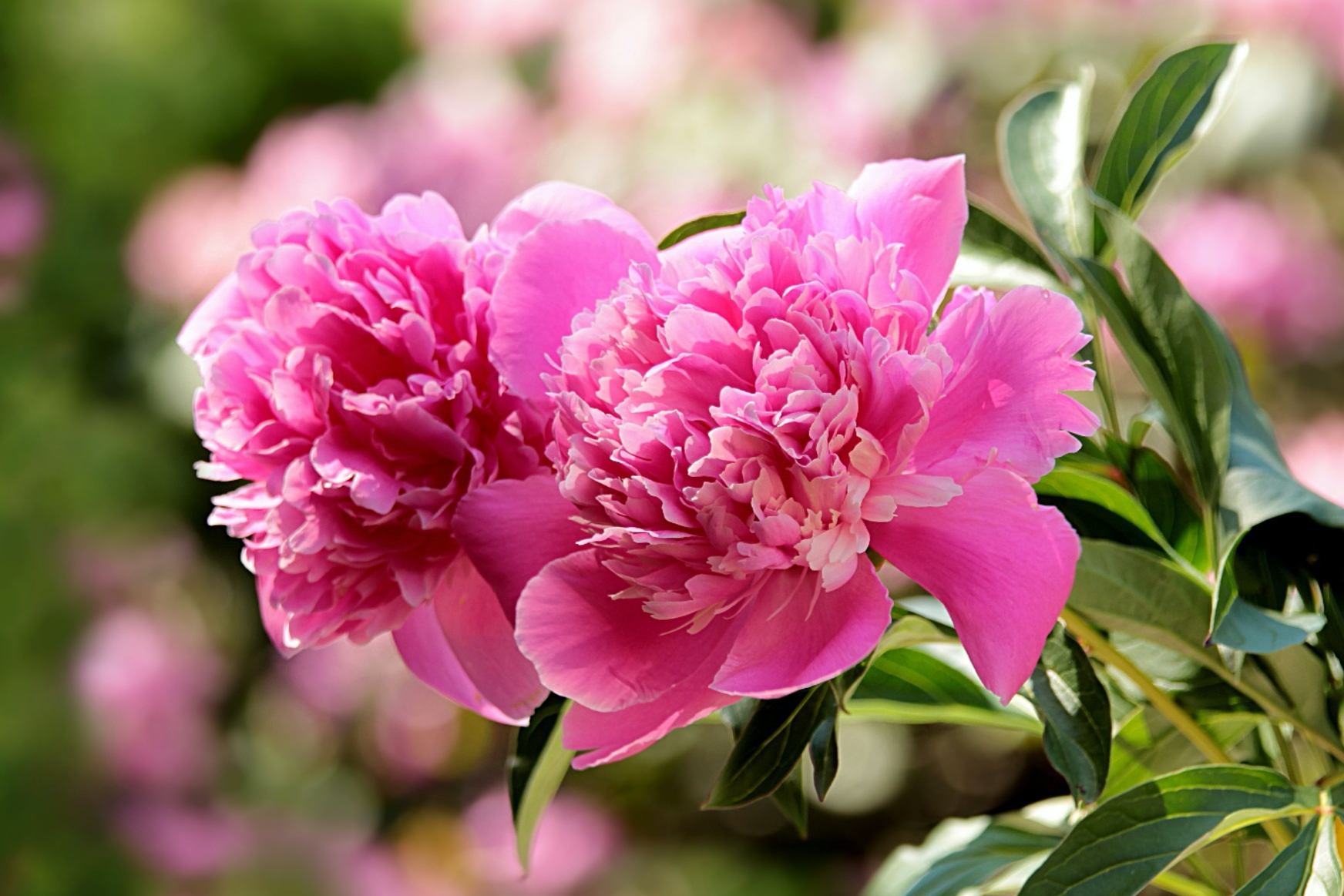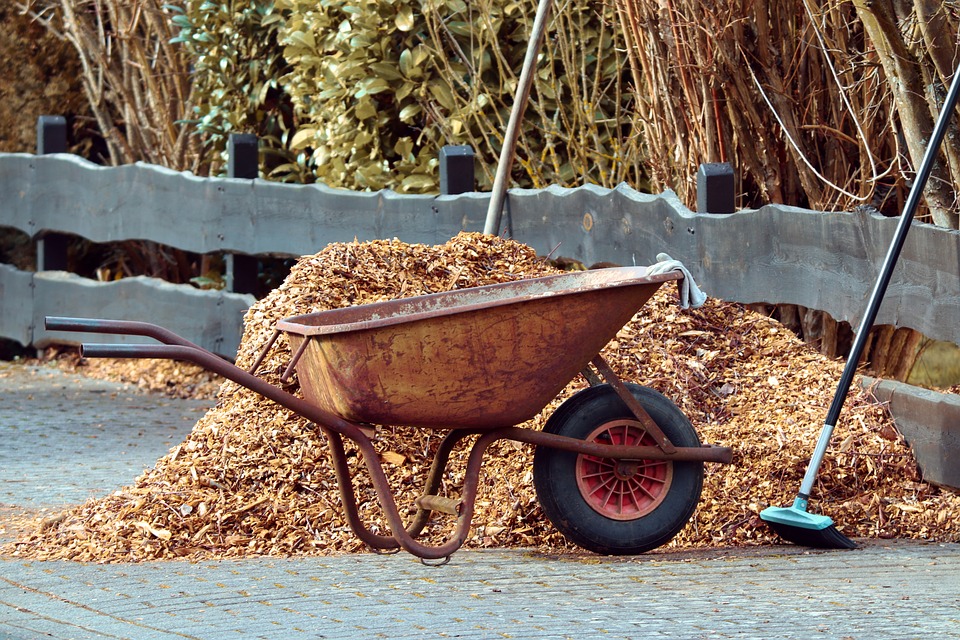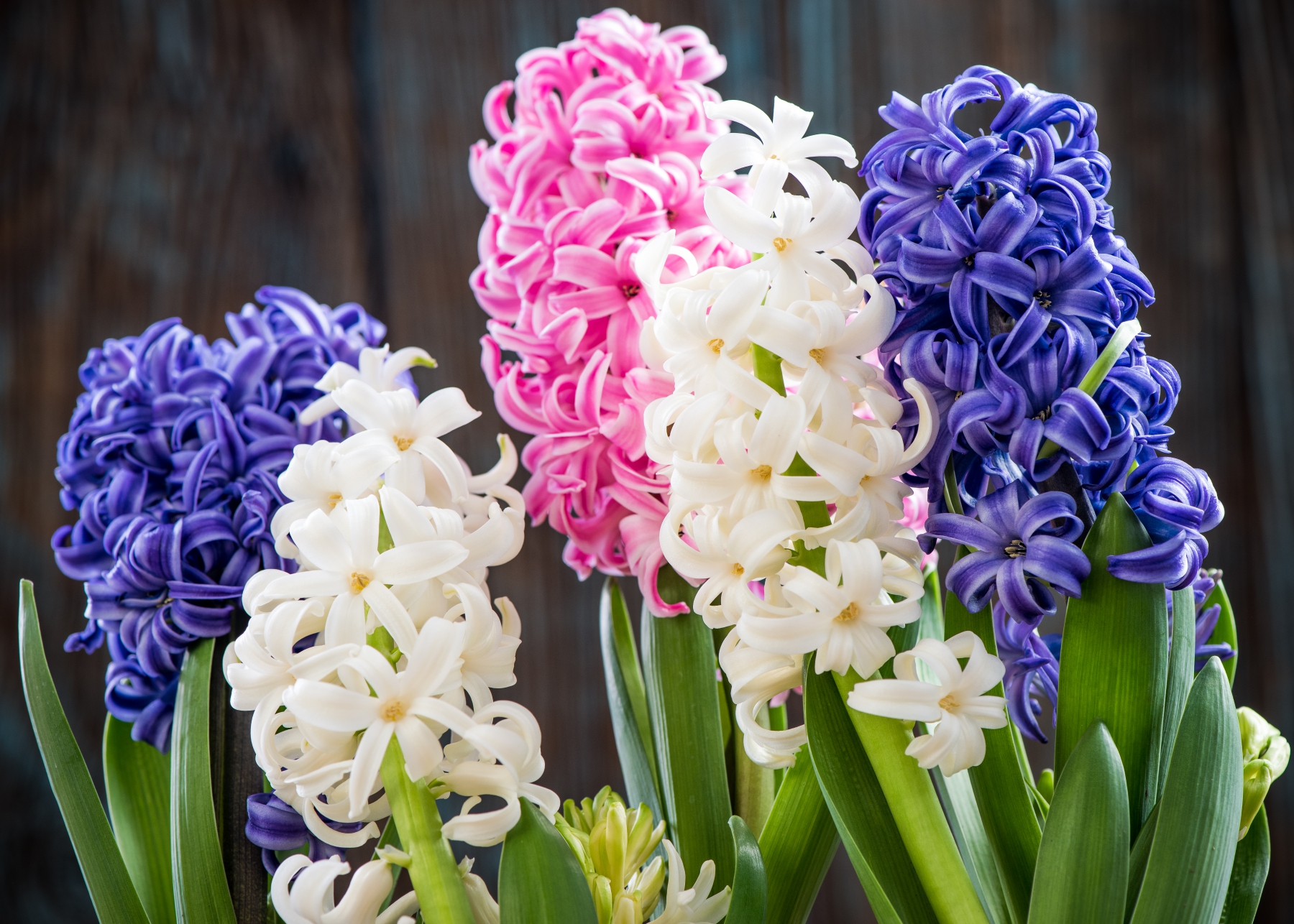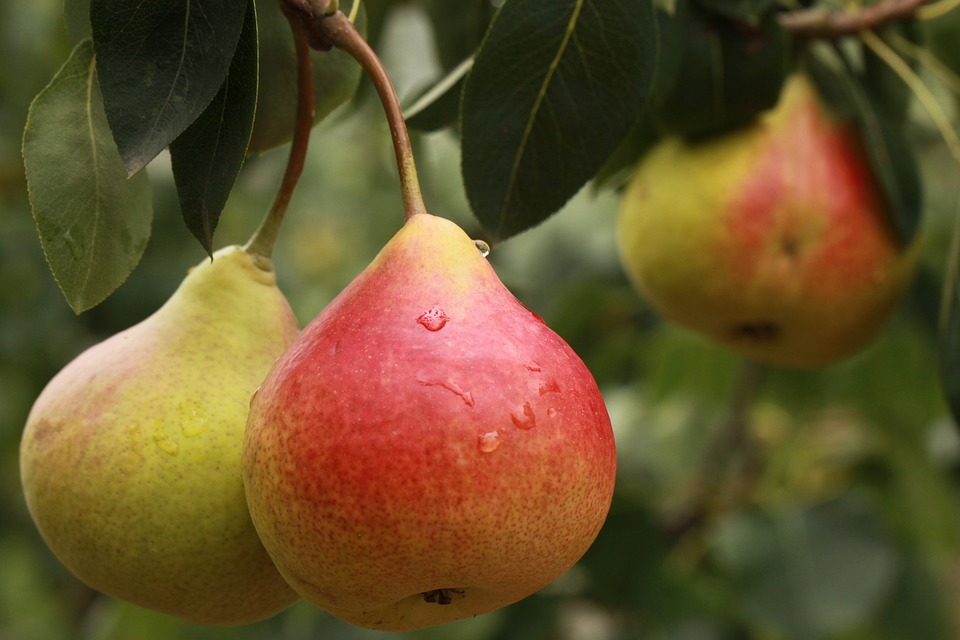Want to enjoy a garden bursting with color? Just turn to the endless repertoire of flowering plants out there and place them wherever you need a healthy dose of joy and beauty.
One of the most special alternatives you’ll find is the peony, a spring-blooming species that is easy to grow. In today’s article, we are going to discuss about peonies and we will bring you tips on how to care for them! Happy reading!
Memories of the Asian Continent
Although the peony arrived in Europe centuries ago, it is originally from Asia and that is perhaps why it has such a delicate and particular beauty. In any case, its wonderful characteristics and its charming flowers, as well as its simple cultivation, make it a star plant in the garden. As it is very robust, it will be ideal outdoors, enduring without problem the climatic conditions outside.
The peony boasts an amazing bloom, with large, fragrant pink, red, white and purple flowers that begin to emerge in early spring and last until late summer. When choosing a peony, you can opt for a shrubby peony or an herbaceous variety. The former, with woody stems, can reach up to two meters, while the latter do not exceed one meter in height.
Where to Plant It?
This is one of the first questions you should ask yourself: where should you plant peonies in the garden? To answer correctly, you should know that it is a plant that needs a lot of sun, at least 6 hours a day. However, it does not like to receive direct sunlight when temperatures rise, as this could burn its flowers.
This dilemma has an easy solution: think about the climate of the region where you live and act accordingly. If the temperatures are very high in the summer, plant your peonies near shade trees that will provide shelter in the hot weather. If you live in a cold and humid region, it is better to place your peonies in full sun.
Choosing the Right Time
Just as important as the location in the garden is deciding when to plant your peonies. If you want them to bloom, you should do it in early spring, when it is still cool, provided there are no more frosts and the temperatures are not too low. If you live in a cold climate zone, it is best to wait until May.
Watering Peonies
Do not let your peony die of thirst. It needs moisture to grow happily and be bursting with flowers, so you’ll need to establish regular and consistent watering.
From spring to fall, water it twice a week. Then, in winter, it’s a good idea to cut back on watering: it will be weekly and sparser.
One thing to keep in mind when watering your peonies is that you should not get the leaves wet to avoid fungal problems.
Keep an Eye on the Soil Drainage
Although peonies need a good supply of moisture, they don’t tolerate waterlogging of the substrate at all, so you need to be vigilant that this doesn’t happen.
Make sure the soil is fertile and well aerated. You can add perlite or other similar material to help conserve moisture and achieve good drainage.
A Good Dose of Nutrients
Is it necessary to fertilize peonies? The answer is yes, but very carefully. Too much fertilizer can be quite damaging and will prevent the plant from blooming in all its splendor.
When fertilizing, use a fertilizer for flowering plants and apply it twice a year, in spring and fall.
Pruning Peony
Your peonies could do with some formative pruning if they are overgrown. This controls their development and stimulates the growth of the lower branches of the plant, also improving flower production.
On the other hand, it is advisable to remove old branches that are in poor condition. Do this in autumn, when flowering is finished.
You now know everything on how to grow peonies in your garden. What is your favorite flower? Let us know in the comments below.





